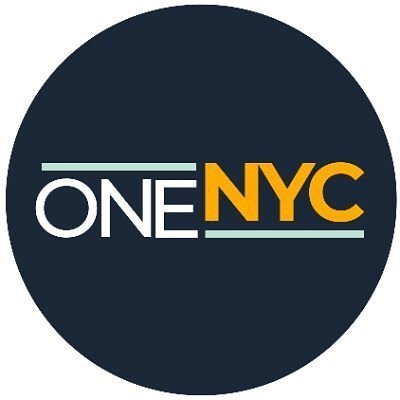
NYC Childcare Crisis Deepens: New Report Urges Innovative Funding & Public-Private Partnerships
Soaring childcare costs are driving families out of NYC. A new report proposes bold solutions – shared investment, repurposing vacant buildings, and employer networks – to build a universal care system.
NYC Childcare Crisis Deepens: New Report Urges Innovative Funding & Public-Private Partnerships
By Sarah Hughes
November 03, 2025
New York City faces a deepening childcare crisis, pushing families to the brink and threatening the city’s economic vitality. A new report from OneNYC Action Inc., Caring for the Future: Universal Child Care in NYC Through Innovation and Partnership, warns that escalating costs and limited access are forcing parents to leave the workforce or relocate, exacerbating existing inequalities. The report calls for a radical shift in how childcare is funded and delivered, proposing a multi-pronged approach centered on shared investment, repurposing vacant buildings, and fostering public-private partnerships.
A Crisis Years in the Making
For years, New York City has struggled with a severe shortage of affordable, high-quality childcare. The COVID-19 pandemic only amplified these challenges, leading to center closures and staff shortages. Today, the cost of infant care in NYC averages over $20,000 per year – roughly 145% higher than the national average – and often exceeds the cost of college tuition. This financial burden disproportionately impacts low-income families and single parents.
“The current system is unsustainable,” said a researcher at the Century Foundation, who requested anonymity. “Families are being priced out of the city, and the economic consequences are significant. We’re losing valuable workers and potential future leaders.”
The report highlights that nearly 60% of NYC neighborhoods lack sufficient childcare slots to meet demand. The situation is particularly acute in underserved communities, creating “childcare deserts” where access is severely limited. The city's existing subsidized programs, like EarlyLearn NYC and 3-K for All, reach only a fraction of eligible families.
Bold Solutions Proposed
OneNYC’s report outlines a comprehensive plan to address the crisis, anchored by three key pillars:
- Shared Investment Model: The report proposes a funding model that combines payroll taxes levied on large employers with estate taxes on high-net-worth individuals. This could generate an estimated $1.5 billion annually, creating a dedicated revenue stream for childcare.
- Repurposing Vacant Buildings: New York City boasts over 1,200 vacant buildings that could be converted into childcare centers. The report suggests incentivizing developers and landlords to participate in this initiative, providing financial assistance and streamlined permitting processes.
- Employer-Sponsored Childcare Networks: The report advocates for expanding employer-sponsored childcare programs, offering on-site centers, subsidized care for remote workers, and partnerships with local childcare providers. This would alleviate the burden on families and enhance employee retention.
Learning from Success Stories
While New York City grapples with its childcare challenges, other states and countries offer valuable lessons. New Mexico’s universal pre-K program, for example, has demonstrated significant improvements in school readiness scores. Vermont’s childcare network provides financial assistance to centers and supports employer-sponsored programs.
“These programs show that universal access to quality childcare is achievable,” noted a researcher at the Fiscal Policy Institute. “It requires political will and a long-term commitment to funding.”
Patagonia, a leading outdoor retailer, serves as a model for employer-sponsored childcare. The company operates on-site centers for employees, offering subsidized care and fostering a family-friendly work environment. This has resulted in increased employee retention, productivity, and loyalty.
Challenges and Considerations
Implementing OneNYC’s proposed solutions will not be without challenges. Securing political support for new taxes and regulations will require navigating complex interests and addressing concerns from business groups. Converting vacant buildings into childcare centers will involve navigating zoning restrictions, building codes, and environmental regulations.
Furthermore, ensuring the quality of childcare remains paramount. The report emphasizes the need for robust training and professional development for childcare workers, as well as strict quality standards for centers. A researcher at Columbia University, specializing in early childhood education, stressed that, “simply increasing the number of slots isn’t enough. We need to ensure that all children have access to high-quality, nurturing care that supports their development.”
A Call to Action
The OneNYC report serves as a stark warning that the childcare crisis is reaching a critical point. The report urges policymakers, business leaders, and community stakeholders to collaborate and implement bold solutions to ensure that all families have access to affordable, high-quality childcare. The future of New York City – and the well-being of its children – depends on it.
“We can’t afford to wait any longer,” said a representative from OneNYC Action Inc. “The time for action is now.”
